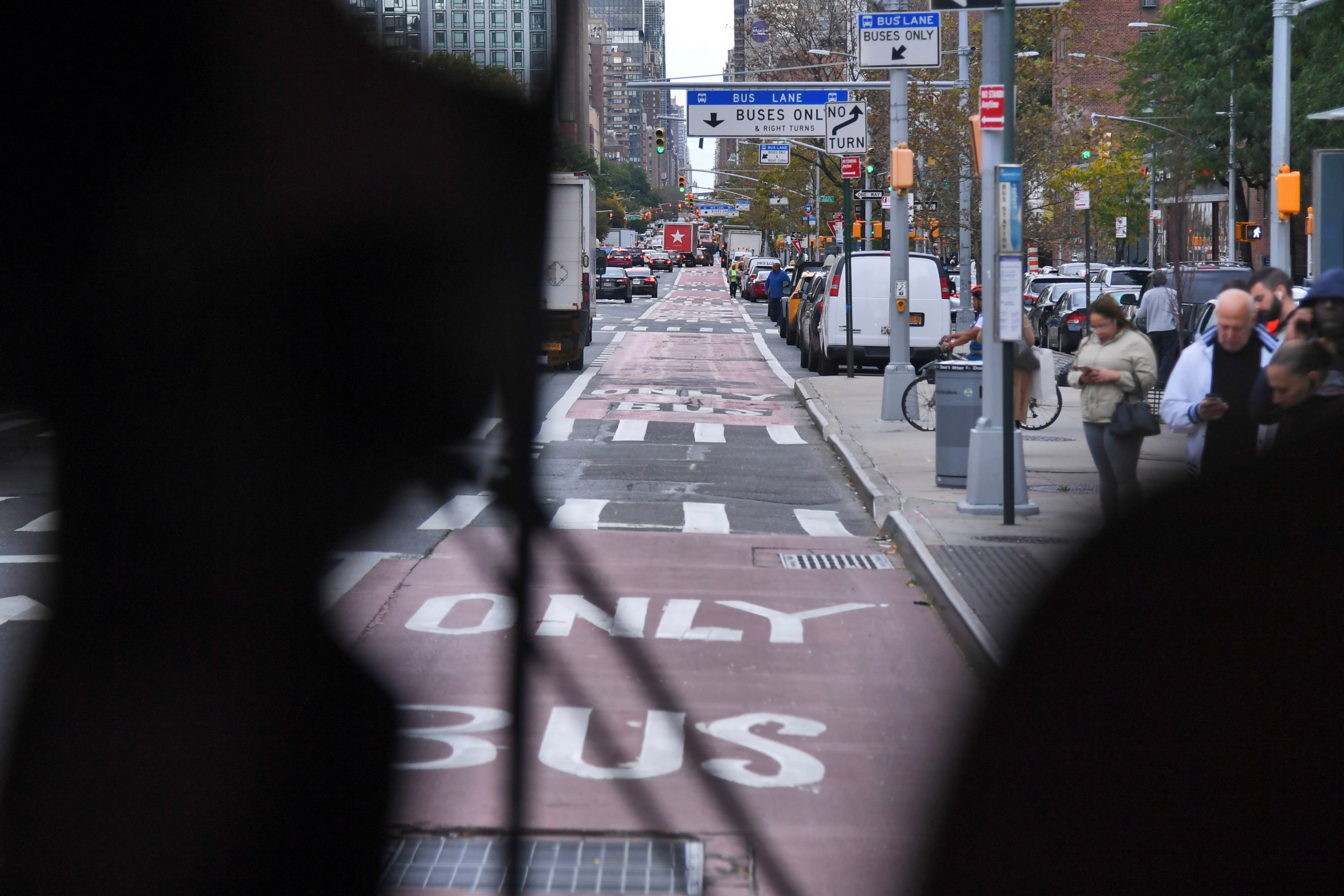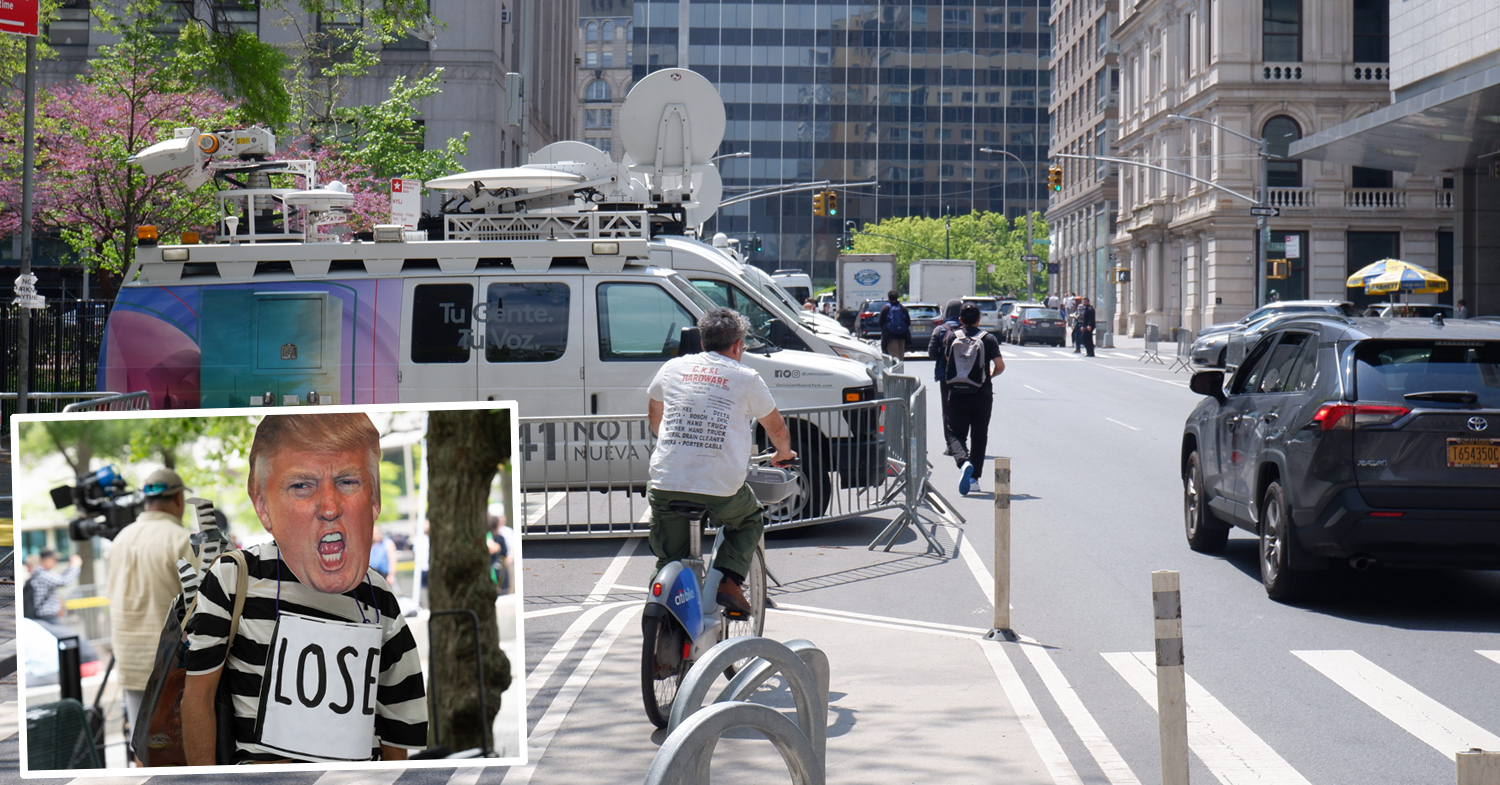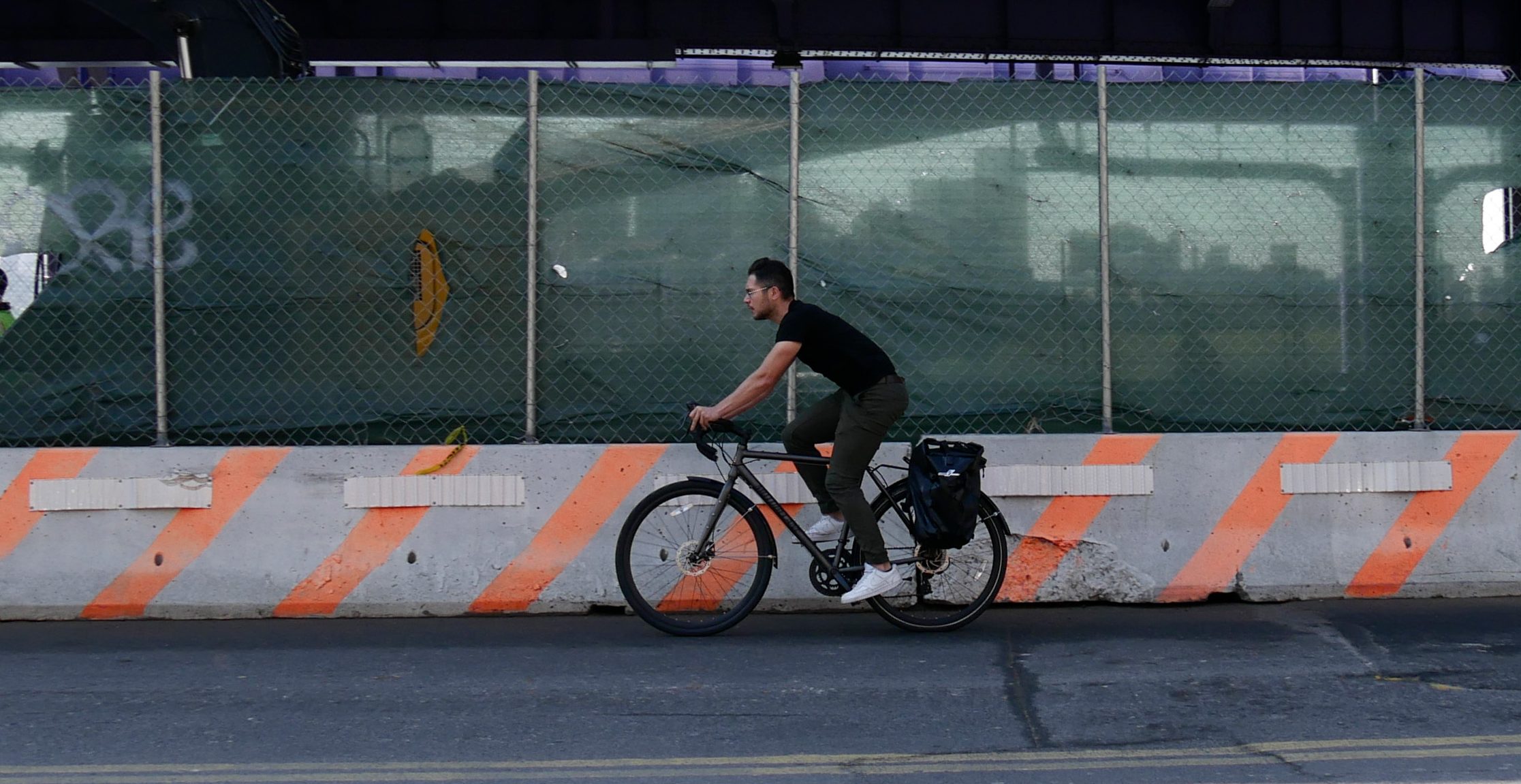The Trans-Hudson Transit Crunch Keeps Getting Tougher to Fix
5:10 PM EDT on March 19, 2015
![Port Authority staff and its consultants say replacing the Port Authority Bus Terminal, even with a smaller facility, will cost billions and billions of dollars. Image: PANYNJ [PDF]](https://lede-admin.nyc.streetsblog.org/wp-content/uploads/sites/48/2015/03/PABT_Charts.png?w=710)
When news broke earlier this week that replacing the Port Authority Bus Terminal would cost $11 billion, advocates were skeptical. At a board meeting today, many Port Authority commissioners, while recognizing the need to replace and expand the terminal, joined in that skepticism.
Over the past 18 months, Port Authority staff, working with consultants from Parsons Brinckerhoff and Skanska USA, among others, developed five options to replace the terminal [PDF]. Only one of them, which would take 11 to 15 years to complete, accommodates the projected 35 to 51 percent passenger growth increase by 2040 while also continuing to serve inter-city buses. Naturally, it is the most expensive option, with consultants putting the pricetag at $10.5 billion.
![Concept 1, the only option that accommodates all the projected growth in bus travel through 2040, costs $10.5 billion. Image: Port Authority [PDF]](https://lede-admin.nyc.streetsblog.org/wp-content/uploads/sites/48/2015/03/option1_PABT.png?w=589)
The other options would relocate inter-city buses to an unspecified bus terminal elsewhere. All five would add bus staging areas to reduce traffic on surface streets, and most would require construction of an interim facility to handle passengers while the bus terminal is torn down and rebuilt. The least expensive option of the bunch, at $7.5 billion, would actually handle fewer passengers than the existing terminal.
Why the high costs? The structural slabs that make up bus ramps and decks are deteriorating and will need to be replaced completely in 15 to 25 years.
“The heaviest structural steel pieces made in the world today will be required for this project, in the thousand of tons," said Mark Gladden, a project executive at Skanska. He said there are only two places in the world that manufacture this type of steel, which will have to be custom-ordered.
Building ramps and structures that can accommodate thousands of buses each day above the portals to the Lincoln Tunnel, all while keeping existing passengers moving during construction, is a tall task. “There has been some comparison to high-rises and parking garages," Gladden said. "That is a comparison that should not be made."
Gladden compared the bus terminal replacement to the UPS Worldport in Louisville, Kentucky, which handles virtually all of the shipping company's domestic air freight. Built 15 years ago, he said, it cost $850 million. Taking inflation and construction cost increases into account, the project would likely cost $1.7 billion today. Moving the project to New York, with its higher construction costs, would double the price tag to $3.4 billion. The UPS project didn't have the steel requirements and logistical challenges posed by operating a bus terminal in Midtown Manhattan, Gladden said, which contribute to the additional costs.
Gladden added that East Side Access and the Second Avenue Subway, multi-billion dollar projects under the management of many of the same consultants working on the Port Authority Bus Terminal, serve fewer people than the bus terminal. The bus terminal, built for 150,000 daily passengers, now handles 232,000, about as many as Grand Central Terminal. That number will reach as high as 337,000 by 2040.
“We recognize that projects of this magnitude and this complexity right at the very beginning result in sticker shock," Gladden said. “We have a high level of confidence that this estimate, at this point in the program development, reflects an accurate or reasonably accurate cost.”
Port Authority commissioners, experiencing said sticker shock, were skeptical. Chief among them was Commissioner Kenneth Lipper, who said the contingency and consulting costs included in the estimates were above and beyond what are typical elsewhere. "These numbers are subject to question," he said. "It seems this project is more like a five- or six-billion project than a 10- or 11-billion project.”
Lipper said that with so much development spread far from rail stations in New Jersey, buses are the best option for most commuters. The terminal already handles more cross-Hudson passengers than NJ Transit rail and PATH combined. Penn Station has its own capacity issues, Lipper noted, and the resulting constraints on cross-Hudson travel mean even the $15 billion Gateway rail tunnel project, if completed, wouldn't be able to pick up the slack from the bus terminal.
“No adequate rail solution exists as a substitute for the bus terminal," Lipper said.
Lipper also said the authority should trim other projects from its capital program and sell non-transportation real estate, including the World Trade Center or even the current bus terminal site, to help finance construction. Ultimately, the project will likely require assistance from federal, state and even local governments, said Port Authority Director of Planning and Regional Development Andrew Lynn.
Commissioners agreed that the authority must replace the bus terminal, but there wasn't consensus about much else today. "It can’t wait any longer," said Chair John Degnan. “We need a commitment to move forward.” Vice Chair Scott Rechler reminded board members about the World Trade Center transportation hub fiasco and raised a word of caution about rushing into such an expensive project too quickly.
In the end, Rechler and Degnan agreed that the board will create a new subcommittee dedicated to rebuilding the bus terminal. Staff said the agency would continue to develop more alternatives.
Stay tuned.
Stay in touch
Sign up for our free newsletter
More from Streetsblog New York City
EXCLUSIVE: OMNY Debuts on Fair Fares After Delays
The long-awaited Fair Fares expansion will launch as a three-month pilot for a few dozen riders.
Good Luck Docking Your Citi Bike In Lower Manhattan
Many frustrated commuters to Lower Manhattan opted to simply abandon their Citi Bikes undocked due to the lack of open spots in the area.
Wednesday’s Headlines: ‘ACE’ in the Hole Edition
The MTA approved a $141-million contract to put hundreds of new automated traffic enforcement cameras on buses. Plus more news.
Trump Trial Street Closures Push Pedestrians, Cyclists into Busy Traffic
News vans have dangerously blocked the sidewalk and bike lane on Lafayette Street daily since Donald Trump's trial began nearby two weeks ago.
Eyes On The Street: Coastal Resiliency Causes Mess For Pedestrians and Cyclists
Unfortunately for cyclists and pedestrians, this situation won't be fixed until "at least 2026.”




